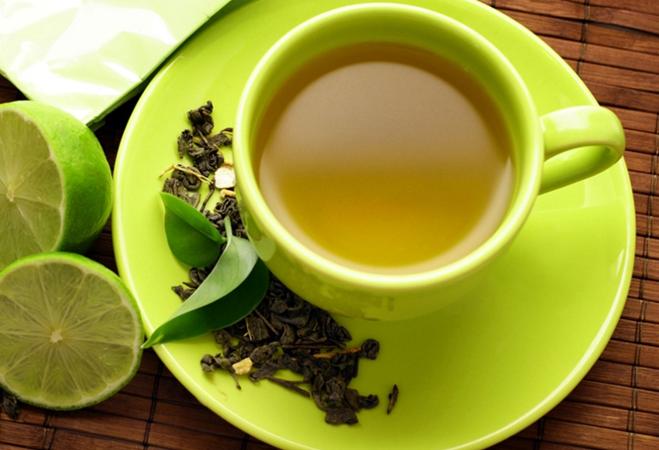
Other than coffee, tea is undoubtedly one of the morning cup that can boost your mood all day long. Tea is the second most consumed beverage in the world, and this beverage has delighted us for centuries.
Here are 4 delicious tea recipes to try >>
Tea originated in Southwest China, where it was used as a medicinal drink. It is said that tea was accidentally discovered in China around 2737 BC, by Emperor Shen Nung, when a few of tea leaves fell into his pot of boiling water. However, the habit of drinking tea leaves stepped in a tea pot became popular only during the Ming Dinasty, circa 1368-1644.
All teas come from the tea plant Camellia sinensis, an evergreen shrub native to Asia. This plant is nowadays cultivated throughout the world in tropical and subtropical regions. Meanwhile, the term ‘herbal tea’ usually refers to infusions of fruit or herbs made without the tea plant, such as steeps of rosehip, chamomile, or rooibos. These are sometimes called tisanes or herbal infusions to prevent confusion with tea made from the tea plant.
Tea Trinkets
Pour tea liquor as a last rinse after shampoo. Grey hair takes on a richer color while dark hair is highlighted with a tea rinse.
Dip cotton wool in cold tea, pat onto the skin and leave to dry. Cold tea acts as a skin tonic and an eye compress.
Fun with fortune-telling: seers have traditionally used tea leaves (the dregs in tea cups) to foretell the future.
Caffeine is one of the most significant constituents of tea. Unlike coffee, where the caffeine is absorbed quickly into the body, the caffeine in tea is absorbed over time. All tea leaves contain the same amount of caffeine.

Tea Facts
Today, India is one of the largest tea producers in the world. India is also among the top 4 per-capita tea consumers.
The highest yield is obtained from tea grown in tropical climates, whereas the finest quality teas are produced from leaves grown in cooler altitudes of 1000 to 2000 metres.
As of 2013 the consumption of green tea in India was growing by over 50% a year.
It takes about 2 kg of tea leaves (or 4500 shoots of Assam type tea) to produce 0.45 kg of packaged tea.





